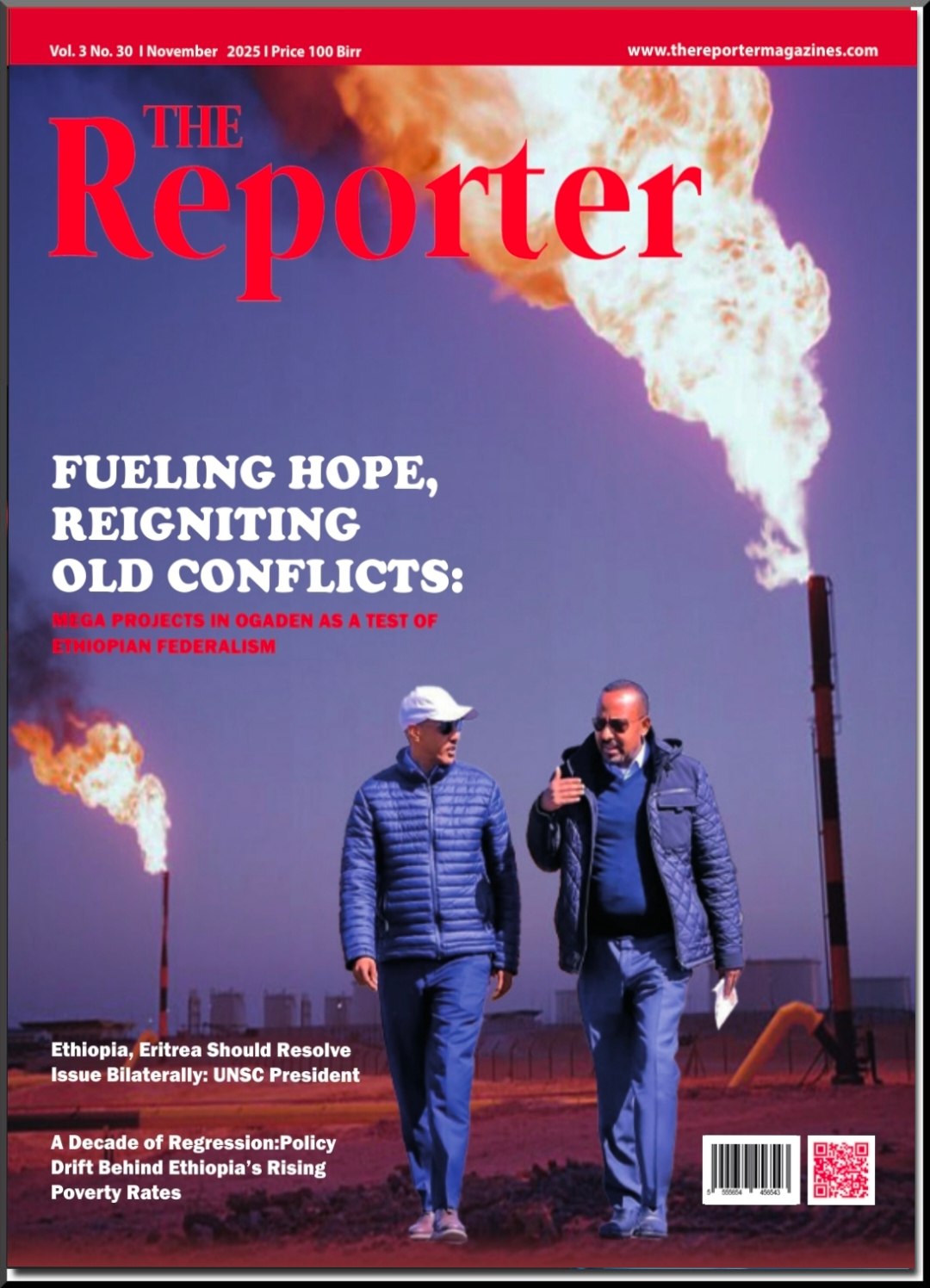The exhibition hall at the Fieramilano Rho in the city of Milan, Italy started welcoming exhibitors and visitors early Tuesday morning October 9, 2018. The colossal exhibition halls that host the 31st edition of BIMU 2018 are vast–a combined area of 100,000sqm. On display are machine tools, robots, automation, auxiliary technologies, digital manufacturing and enabling technologies ranging from numerical controls with interfaces and functions designed to optimize the interaction between people and machines–next generation cutting-edge technological innovation.
From various types of industrial accessories to mechatronics and the latest model SUV and Sedan Alfa Romeos to 3D printers, the exhibition has it all; and for some a robot that solves a Rubik’s Cube (3-D combination puzzle widely considered to be the world’s best-selling toy) in less than five minutes was the icing on the top. Some of the booths that displayed advanced robotics technologies might even seem like a scene from the Hollywood blockbuster Transformers.
Organized by EFIM-ENTE FIERE ITALIANE MACCHINE, the trade show is promoted by UCIMU-SISTEMI PER PROCURRE, the association representing the sector of machine tools, robots, automation and auxiliary technologies. As stated by the organizers, the contribution of the aforementioned sectors to the Italian GDP is over nine billion euros.
According to an article published on maschinenmarkt.international, an industrial magazine for the manufacturing industry, 2018 is expected to be positive for the machine tool sector. Some of the leading countries in this sector such as Germany, China, Japan and Italy have made significant developments in the field.
The global machine tools market is predicted to exceed USD 120 billion by 2020, according to a report by Technavio. The sector looks to be positive with many countries across the globe witnessing substantial as well as high growth. In terms of production output, China tops the chart followed by Germany, Japan and Italy, while in the export scenario, Germany holds the first rank ahead of Japan and Italy.
“Ranking fourth among manufacturers and third among exporting countries, the Italian industry plays a leading role in the international scenario. In fifth place in the world consumption ranking, over the last years, Italy has stood out thanks to its lively domestic demand, whose growth rate has been among the highest ones,” Massimo Carboniero, president of UCIMU-SISTEMI PER PROCURRE, said at a press conference that was held on the sidelines of this year’s exhibition.
Metal cutting and metal forming machine tools, robots, automation, digital manufacturing, fluid-power systems, mechatronics, surface finish treatments, tools, components, equipment and accessories, metrology, welding, Internet of Things (IoT), big data analytics, cyber security, cloud computing, augmented reality, system integrators, vision systems and various software were on display.
Bringing together 1,056 enterprises from 27 countries, including Austria, China, France, Germany, Great Britain, India, Israel, Japan, Poland, South Korea, host country Italy and the US among others, the machines that were exhibited from the aforementioned countries, according to the organizers, are about 4,ooo for a value of some 500 million euros.
Over 250 potential buyers coming from 22 countries, including Algeria, Ethiopia, Iran, Morocco, Mexico, Thailand, Tunisia and Turkey, were at the exhibition grounds.
At this flagship trade fair and exhibition, business meetings took place at the stands. In addition, members of the Ethiopian business delegation comprising those from construction and manufacturing industries held business-to-business (B2B) meetings at the Fieramilano Rho.
Be that as it may, it was observed that with only three countries from North Africa [Algeria, Morocco and Tunisia] and one from the Horn of Africa [Ethiopia] there were no other African countries taking part in the exhibition.
True to form, many large Italian companies and a significant amount of Italian products have little or no presence in Africa especially when compared to the likes of Chinese, Indian and Turkish products. Nonetheless, for commentators, that is something that should change.
Fasil Amdetsion, an Ethiopian lawyer with expertise in international law and international affairs, in a 2016 article wrote: “Closer Italy-Africa relations can pave the way for mutually advantageous business deal-making and investments. Engagement on the economic front can proceed along a dual track: On the one hand, involving large Italian corporations, and on the other, small and medium-scale Italian enterprises. If done right, African partners can be involved in both cases.”
According to Fasil, African governments–and at times businesses–frequently rely on what they believe are tried and true methods of attracting investment, like participation in trade fairs or mingling with trade missions. Such efforts may yield some results, but a more “activist” approach is warranted.
“Governments ought to identify companies whose investments would be synergistic with their country’s development needs, engage in individualized lobbying to attract such investment and lay out specific incentives,” Fasil states.
In that regard, for one commentator who participated at the trade fair, the collaborative effort of EFIM-ENTE FIERE ITALIANE MACCHINE, UCIMU-SISTEMI PER PROCURRE, ICE-Italian Trade Agency, is a commendable one but still has a long way to go.
“Efforts ought to be made not just in regards to this particular trade fair but in the whole Italy-Africa business and investment relations,” the commentator states.
Responding to questions from The Reporter regarding the near non-existence of African countries at the trade fair Massimo Carboniero, president of UCIMU-SISTEMI PER PROCURRE, said: “Africa potentially is an important market for the future. Right now, volume is low so we should organize more communications platforms with different African countries.”
Carboniero said that in recent years he had met with businesses and governments from sub-Saharan Africa and discussed pertinent issues.
“There is desire for cooperation. So, I believe that there should be financial support that would enable us to create opportunities and train African youth”. According to data compiled by UCIMU-SISTEMI PER PROCURRE, export to Africa in 2017 grew by 7 percent.
“We want to strengthen contact. We are trying to to analyze the development aspect with the assistance of experts,” he said.
“Our approach towards sub-Saharan Africa is focusing on growth and training, since we are interested in important markets like Ethiopia and Nigeria,” he said.






